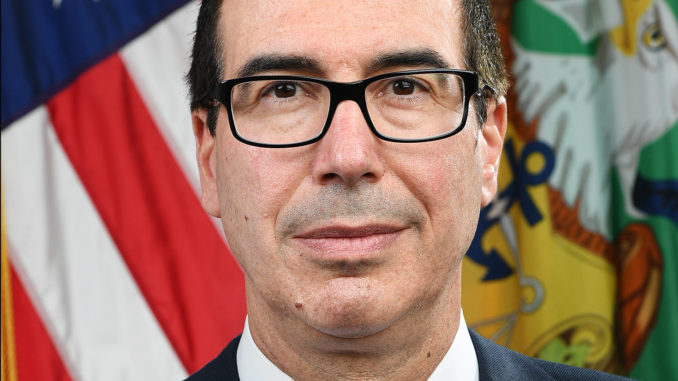
By Terry Troy
We’ve all seen the stories of large companies getting millions of dollars in PPP loans. Indeed, some have even agreed to pay back the government. Good for them. It restores any lost confidence I may have had in businesses’ integrity.
But, let’s be honest here, even some of these large companies may be entitled to a loan under the terms of the program. And who can blame them for trying to get funds and support their businesses in any way they can in these trying times?
It’s not a fault of the PPP program, which doesn’t even approve but acts as a guarantor of funds through a loan with a private financial institution. What is amazing is the amount of transparency our government is willing to give the business media. Who, what, why, when and where are the five basic questions a journalist asks. The business journalist is also often forced to ask, “Who got what?”
“The PPP is providing much-needed relief to millions of American small businesses, supporting more than 51 million jobs and over 80% of all small business employees, who are the drivers of economic growth in our country,” said Treasury Secretary Steven T. Mnuchin in a prepared statement. “We are particularly pleased that 27% of the program’s reach in low and moderate income communities, which is in proportion to percentage of population in these areas. The average loan size is approximately $100,000, demonstrating that the program is serving the smallest of businesses.
“Today’s release of loan data strikes the appropriate balance of providing the American people with transparency, while protecting sensitive payroll and personal income information of small businesses, sole proprietors and independent contractors.”
In its efforts to be transparent, our government literally overwhelms, which can also slow down an investigation—so it’s something of a double-edged sword. However, companies that see themselves on these lists are often quick to take action and correct anything that might elicit an unfavorable response. It’s an eloquent solution: On one hand, it slows the investigator down, but it also gives businesses the time to rethink strategies. And many are.
Once again, good for them.
However, there are some companies receiving massive PPP loans that just don’t seem like they deserve it, especially companies linked to sports or entertainment celebrities. Keep in mind, many of these people head companies that may be totally eligible under the provisions of the program. And many are businesses that actually employ people and thus are justified in seeking funds through the program.
But still…well, here’s a brief breakdown of a few that caught my eye:
Floyd Mayweather, the highest paid athlete of 2015 according to Forbes, was among the list of folks receiving PPP funding. Tom Brady’s fitness brand TB12 cashed in as well, getting a loan of anywhere between $350,000 and $1 million. Of course, that pales in comparison to the recent two-year, $50 million contract Brady signed in the offseason with Tampa Bay. Teams in MLS, NASCAR IndyCar and Big Three Basketball all received funds.
Even entertainment stars got involved. Twenty One Pilots, the alternative hip hop musical duo from Columbus, received at least $350,000 and as much as $1 million. According to published reports, the application for the federal loan was part of the band and its team’s effort “to do everything in our power to support our crew through these tough times.”
I always wanted to be a part of the rock ‘n’ roll and sports entertainment industry.
Now, I guess we all are.
Portions of this story were published in the Ohio Business Weekly email, sent out to our digital readers July 20. If you would like to subscribe, please visit ohiobusinessmag.com to sign up for the complimentary newsletter.
